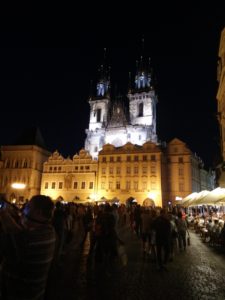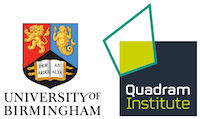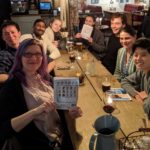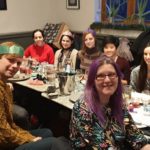Bioinformatics Open Source Conference 2017

On 22nd July, I went to the Bioinformatics Open Source Conference (BOSC) organized by the Open Bioinformatics Foundation, a non-profit group dedicated to promoting the practice and philosophy of open source software development and open science within the biological research community. This year’s BOSC happened in Prague, amazing city for the history and beer lovers.
BOSC has provided a forum for developers and users to interact and share research results and ideas in open source bioinformatics. BOSC’s broad spectrum of topics includes practical techniques for solving bioinformatics problems; software development practices; standards and ontologies; approaches that promote open science and sharing of data, results and software; and ways to grow open source communities while promoting diversity within them.
Alfonso Valencia, International Society for Computational Biology (ISCB) president, opened the 7th combined ISMB/European Conference on Computational Biology (ECCB) conference and welcomed everyone. The conference leading keynote was 2017 ISCB Innovator Award recipient Aviv Regev; a computational and systems biologist, a professor of biology at MIT and Howard Hughes Medical Institute Investigator.
Her keynote focused on “Reconstructing Cellular Circuits: From Cells to Tissues”, concentrating on molecular circuits of multiple interacting molecules and how they process information in cells and connect diverse cells together into the functioning ecosystem of tissues. James Sharpe of EMBL-CRG Systems Biology Unit, at the Centre for Genomic Regulation in Barcelona, gave an engaging speech on “Dynamic computer modelling to span the scales: from molecular circuits to organogenesis”.

The first full day of ISMB/ECCB 2017 was filled with incredible science! BOSC Day 2 kicked off with a session on Community Building and Citizen Science, which began with a well-received talk about citizen science and the beer metagenome, followed by a session of Late-Breaking Lightning Talks. In the afternoon, there were talks about Open Data, followed by a lively panel discussion: “Open Data: Standards, Opportunities, and Challenges”.
Finally, Nick Loman delivered the closing keynote on using sequencing and open data sharing to do real-time monitoring of Ebola and Zika virus outbreaks, entitled “Open data meets ubiquitous sequencing: challenges and opportunities”. There were poster sessions during the lunch and coffee breaks on both days and on the final day we had an amazing dinner in a local restaurant in the heart of the city centre. Overall, it’s a good conference to attend to see the amazing updates in the computational biology world.





